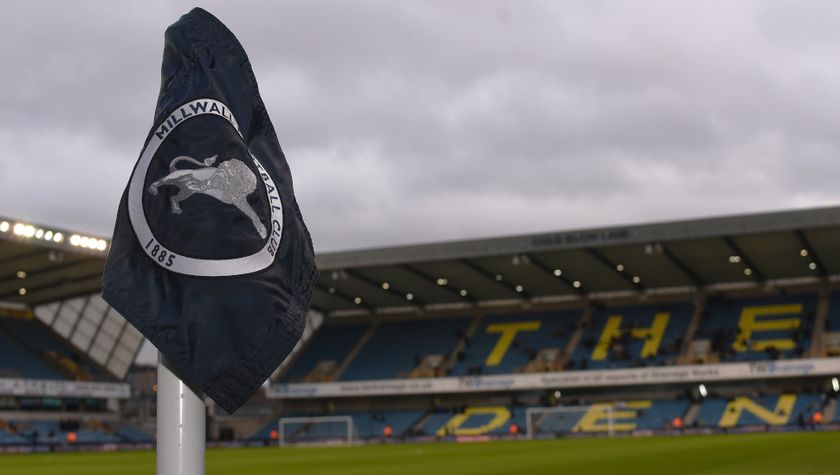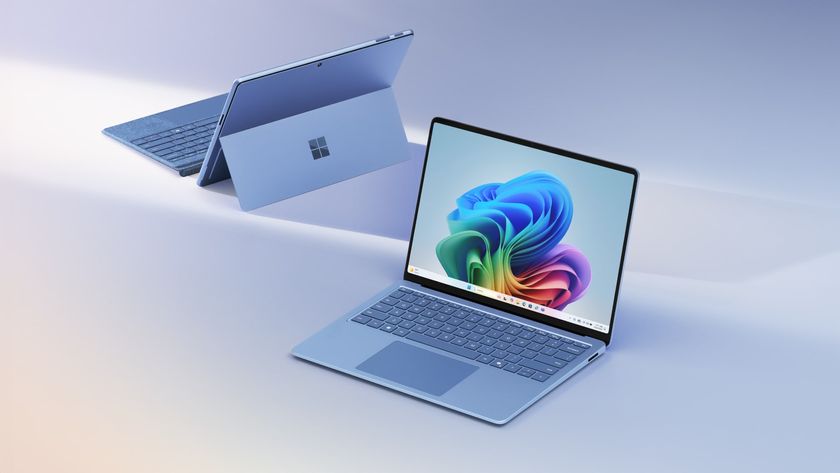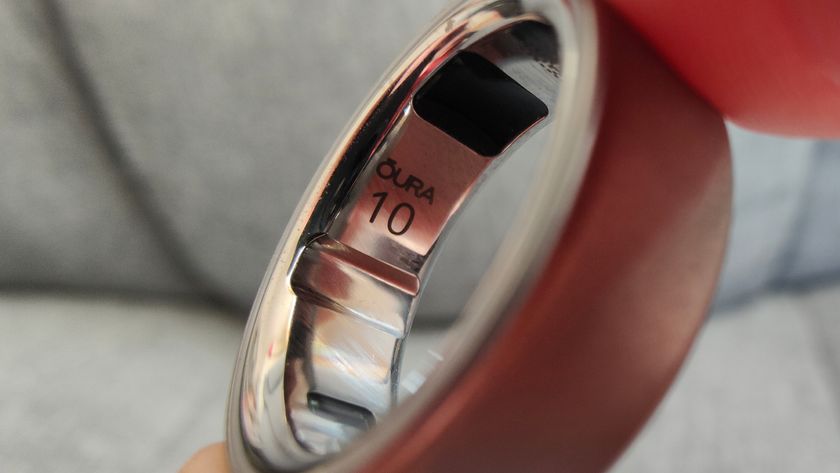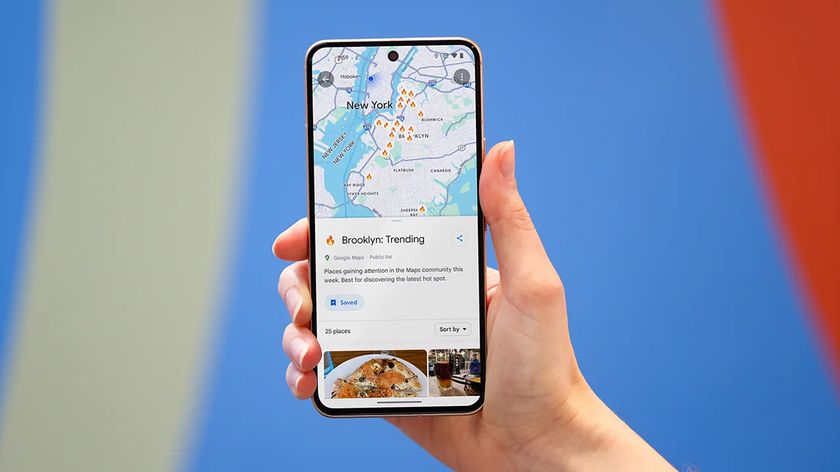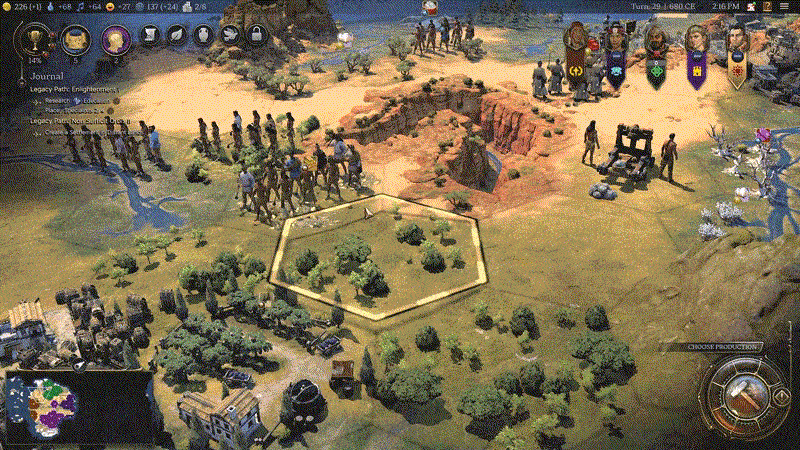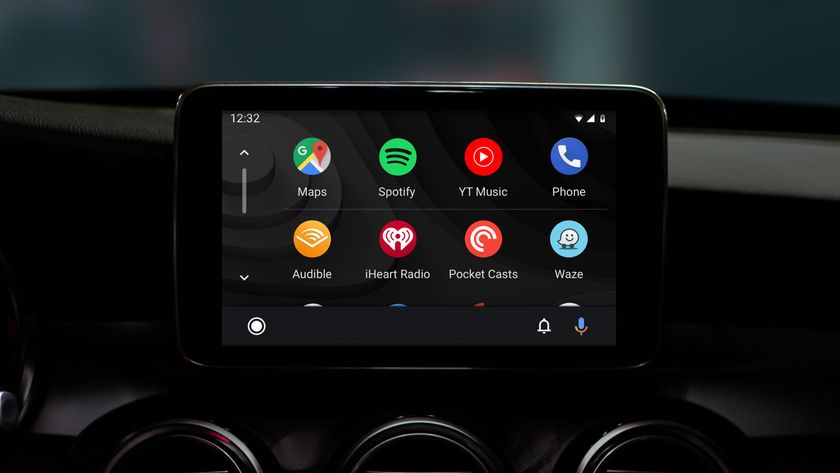Windows 10 combines the best aspects of Windows 7 and Windows 8
Good idea. But will it satisfy users?
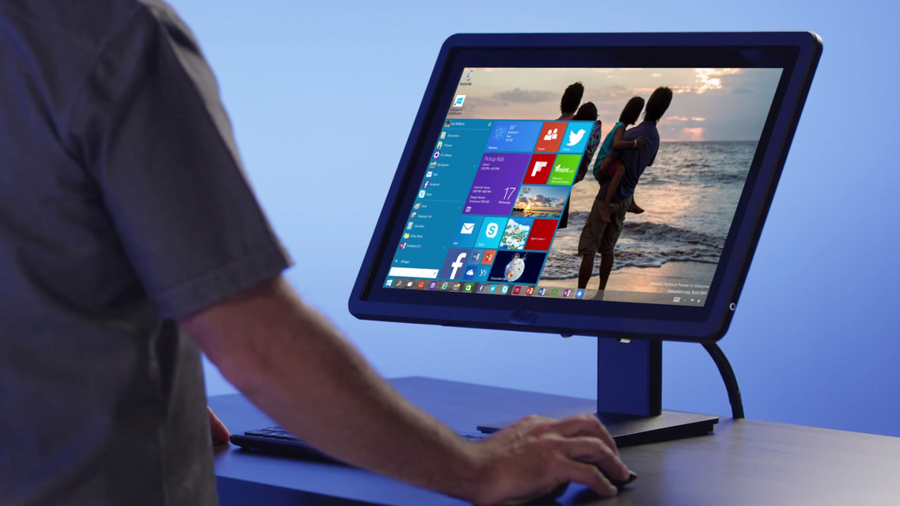
By now we all know the fateful story of Windows 8. Released in August 2012, the new Microsoft operating system represented an avant garde approach to computing that excited tech enthusiasts and baffled the general consumer.
Hailed for its sleek design, security enhancements and speed, Windows 8 was an attempt by Microsoft to usher in the era of hybrid laptop-tablet computing by offering touchscreen functionality and a revamped user journey that combined the richness of desktop computing with the sexiness of a tablet interface.
- All you need to know about Windows 10
Although it received an A for effort from the tech community, it failed to win over the hearts and minds of businesses and consumers. Windows 7 continues to be the operating system of choice for users, accounting for more than half of all PCs and Macs in use, while Windows 8, after two years on the market, represents only 13.4% of total users.
In comes Windows 10
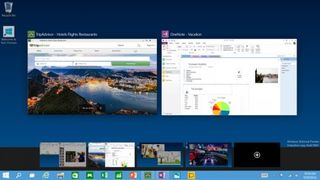
In order to make lemonade out of lemons, Microsoft has leveraged the creativity and inspiration behind Windows 8 and combined it with the usability and intuitiveness of Windows 7 to try and create a hybrid-based operating system that users will, well, be able to use. Windows 10, which beta testers will gain access to next week, is expected to be generally available by Spring of 2015.
Although it is immediately unclear why Microsoft chose to skip the Windows 9 tag for its latest operating system, it's clear that the loyalty of Windows 7 users impacted how Microsoft chose to build out the new operating system. So much so that Microsoft might have been better off calling the new operating system Windows 7.5.
Start menu and app launch
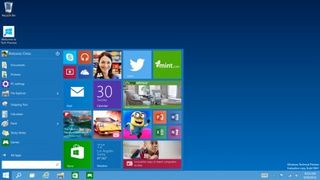
For starters, Microsoft has brought back the Start Menu, a notable absence from the first iteration of Windows 8 that irked many Windows traditionalist. Windows 10's Start Menu will not only provide easy access to heavily-used applications, it will also feature customizable tabs that allows users to include their favorite apps, programs, and websites. Additionally, the tiles will feature Windows 8's resizability, which will enable people to customize how big each respective app appears on the Start Menu.
Instead of applications that open to fill a screen like they do on a tablet, Windows 10 will feature an app launch that will more closely resemble desktop application launches. Now, app windows can be resized and relocated, just like internet browser windows.
Are you a pro? Subscribe to our newsletter
Sign up to the TechRadar Pro newsletter to get all the top news, opinion, features and guidance your business needs to succeed!
Task view and search
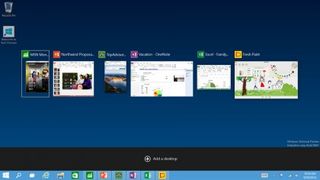
Windows 10's new Task View button and multiple desktop option will allow users to quickly navigate between applications and files without getting lost and having to flip between dozens of windows. Task View allows all open apps and files to be viewed in the same format so that users can simply click from one task to the other without having to adjust their device's perspective. The multiple desktop option lets users create separate desktops for different purposes and projects (think work stuff and fantasy football stuff) so that navigation to and from tasks can be done with fewer swipes and clicks.
Users of desktop search will be happy to hear that, unlike the original Windows 8, Windows 10 has a search field. So no more desperately swiping, flipping and scrolling through documents, apps and emails. You can simply enter your search query and find what you're looking for...just like the good old days.
- Is the new OS any good? Read our hands on Windows 10 review to find out



